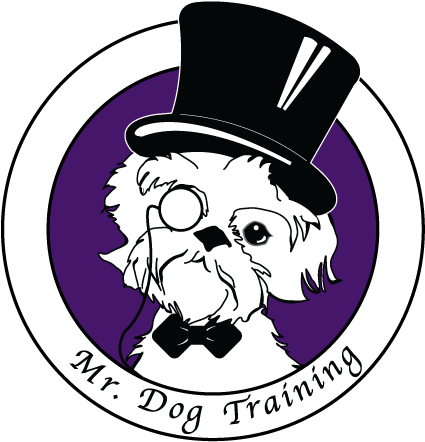Ten Things Your Dog Wants You To Know (Part 1)
As a positive reinforcement trainer, one of my top priorities when working with clients is building a bond between the dog and handler built on communication, trust, respect, and love.
With any good relationship, communication is the foundation on which the entire relationship is built so I’ve put together this list of important things that your dog would like you to know about them.
1. Not A Wolf
The assumption that because domestic dogs are descended from wolves, they should be treated as such is an extraordinarily outdated belief. Comparing dogs to wolves is similar to comparing humans with chimpanzees; while we share many traits and genes, we have evolved into a completely different species.
While dogs are generally social creatures, it is also incorrect to think that dogs are pack animals just because they are descendent from animals that are. Free roaming stray dog populations form loose, transient groups primarily focused around food sources.
Since dogs are not pack animals it is also incorrect to think that they need a “pack leader”.
You can read more on this topic HERE
2. I Am Not Stubborn
Stubbornness is a human trait that we project onto our dogs to explain what is usually a lack of communication, training, or understanding of how they learn.
Instead of calling your dog stubborn ask yourself the following questions:
-Have you and your dog ever practiced the behavior you are asking for? Keep in mind that added distractions all need to be practiced around.
-What’s your reinforcement history? Does pulling you down the street towards people and other dogs get reinforced by you allowing it to happen or do you have a reinforcement history of you being clear with your dog about what behavior you want instead in these situations?
-Are you communicating clearly? How many times are you saying your cue? Have you been using your marker and release words while training? Have you been reinforcing the behavior? If your dog doesn't understand your method of communication should that be labeled "stubborn"?
You can read my blog post on stubborn dogs HERE
3. My Wagging Tail Doesn’t Always Mean I’m Happy
Dogs often wag their tail when they are happy, but there can be many other reasons. The tail is an essential tool in the dog’s communication toolbox, and the height, motion, speed and whether it’s tense or relaxed, are all important.
For example, a low, flicky wag could be a dog who is uncomfortable in a situation, while a tail held up higher and wagging faster (a flagging tail) could mean a dog is alert and/or aroused. To get the whole picture, the dog’s tail must be read in context with the rest of their body.
To learn more about dog body language and what your dog is trying to tell you, you can purchase my Dog Body Language 101 Video HERE
4. I need to Use My Brain and My Body
A dog’s need for structured exercise and mental stimulation is as basic as it’s, or any other animal’s, need for food, water, shelter, etc.
Ignoring or punishing your dog’s attention seeking behavior caused by boredom from a lack of adequate structured exercise and mental stimulation is no different than ignoring or punishing a child for crying because he’s cold, hungry, or thirsty.
Feeding your dog their meals out of enrichment toys, going for daily leash walks, playing scent games and allowing your dog to sniff are all ways of meeting those needs and are a great way to have fun and bond with your dog!
Read my blog post on five easy enrichment activities HERE
5. I Need to Be Comforted When I’m Afraid
Another huge falsity is that we should ignore our dogs when they are afraid; that, by comforting them when they are afraid we will only encourage and reinforce fear. This is simply not true. Only behaviors can be reinforced, not emotions.
Comforting your dog will only help them feel better when they are afraid, and will show them that you are their partner whom they can trust and who will take care of them.
Come back next month to read five more!
Sara Sokol is owner of Mr. Dog Training in Brunswick Maine; A positive reinforcement dog training facility, offering both virtual and in person classes, that has been voted best training in Maine for 8 years in a row..
